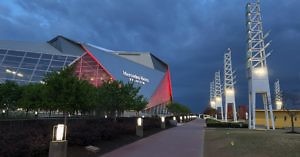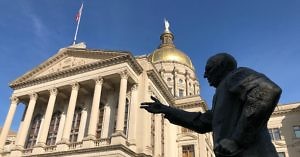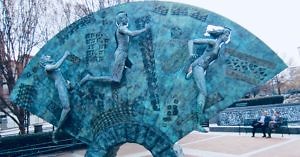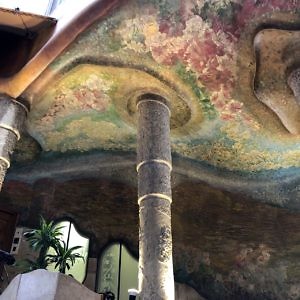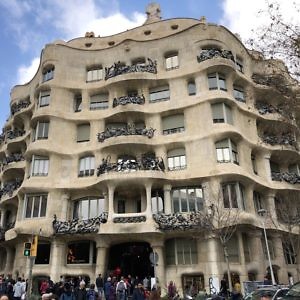Incysus Targets GBM with Gamma Delta T Cells
If the best way to predict the future is to invent it then the poster sessions at the AACR annual meeting are frequently a window into the next generation of cancer drugs and therapies. Regular attendees at AACR will know that there are gems to be found in the posters, and that preclinical research on display may end up being translated into the clinic not long afterwards.
Like wearing a new set of clothes for lunch and dinner, with the exception of the first and last days, there’s a different set of posters in the morning and afternoon – that’s a lot of posters one can get through during a conference!
Indeed, MSKCC Chief Analytics Officer, Ari Caroline, noted on Twitter, “I may have spent more time at AACR this year at the posters than at the sessions.”

One story that we continue to follow this year is the emerging interest in unconventional T cells. The good news was that there was new data at AACR19.
We covered Puretech Health and their posters last week while another related one in the same niche that caught our attention was presented by Dr Lawrence Lamb (right).
On April 1, 2019 Incysus announced that the FDA had approved their IND application for a novel gamma-delta T cell therapy for treatment of patients with newly diagnosed glioblastoma (link to press release).
At AACR19 we met up with Dr Lamb, who is now Chief Scientific Officer of Incysus Therapeutics, to find out more about his research and how Incysus plan to translate it into the clinic.
This is a continuation of our series on gamma delta (𝞬𝝳) T cells exploring the multitude of different ways that illustrate their potential for cancer immunotherapy in hematologic malignancies and solid tumours.
To learn more and get a heads up on our latest oncology insights, subscribers can log-in or you can click to gain access to BSB Premium Content.
This content is restricted to subscribers

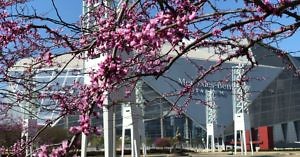 If we want to help more patients respond to initial immune checkpoint blockade then we not only need to figure out why some people respond initially but stop responding, but also look at why the majority do not respond upfront.
If we want to help more patients respond to initial immune checkpoint blockade then we not only need to figure out why some people respond initially but stop responding, but also look at why the majority do not respond upfront.